New therapeutics and treatments evolve daily and save lives, improving well-being globally. Biotechnology and well-being are connected intricately. Importantly, substantial progress has been made during the past half-century (Afeyan, 2023). Put simply, biotechnology is technology based on biology. It uses cellular and biomolecular processes to create products and technologies that enhance the quality of life and the planet’s health. So, how is the evolution of biotechnology beneficial for humankind?
The Evolution Of Biotechnology
Biotechnology has an integral impact on human life and a wide range of branches and functions (Conserve Energy Future, 2023). With time, this technology is growing and resulting in several helpful applications. Modern biotechnology and its operations are evolving at breakneck speed, and it has revolutionised many industries. These include medicine, agriculture, energy, chemicals, and materials by creating products and processes that have never existed.
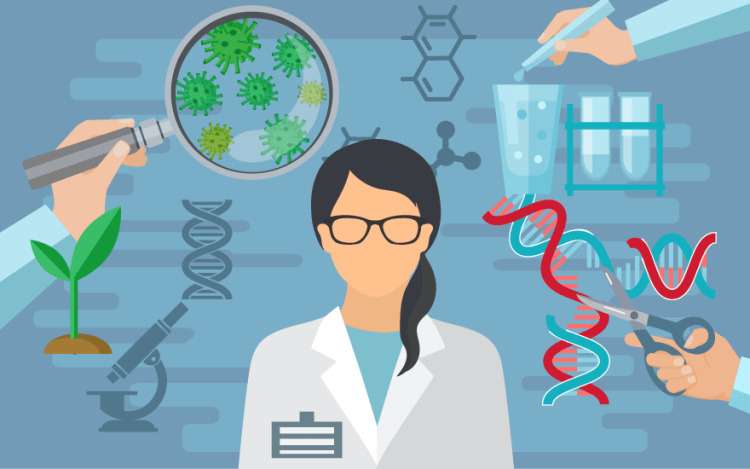
Source: Leverageedu
The Evolution of Biotechnology and Nature
There is a drive to ‘beat nature’ with biotechnology. Expectations of an aging population, untreated diseases, and unresolved environmental problems have provided incentives for biotechnology companies. They have provided the initiative to innovate and provide quality products and services.
In addition, international competition among biotechnology firms to create new products and applications is being fueled by global economics. Governments in many nations now support their local biotechnology businesses financially, to promote research, development, and commercialisation. This is a result of the increasing recognition of biotechnology as an economic and societal growth factor (Australian Bureau of Statistics, 2002).
In 2013, global sales of biotech products exceeded USD$175 billion, representing about 19 per cent of the $950 billion in total prescription product sales worldwide (Evens & Kaitin, 2015). According to Precedence Research, the global biotechnology market size was valued at USD$733.5 billion in 2020. It’s anticipated to surpass around USD$1,683.52 billion by 2030.
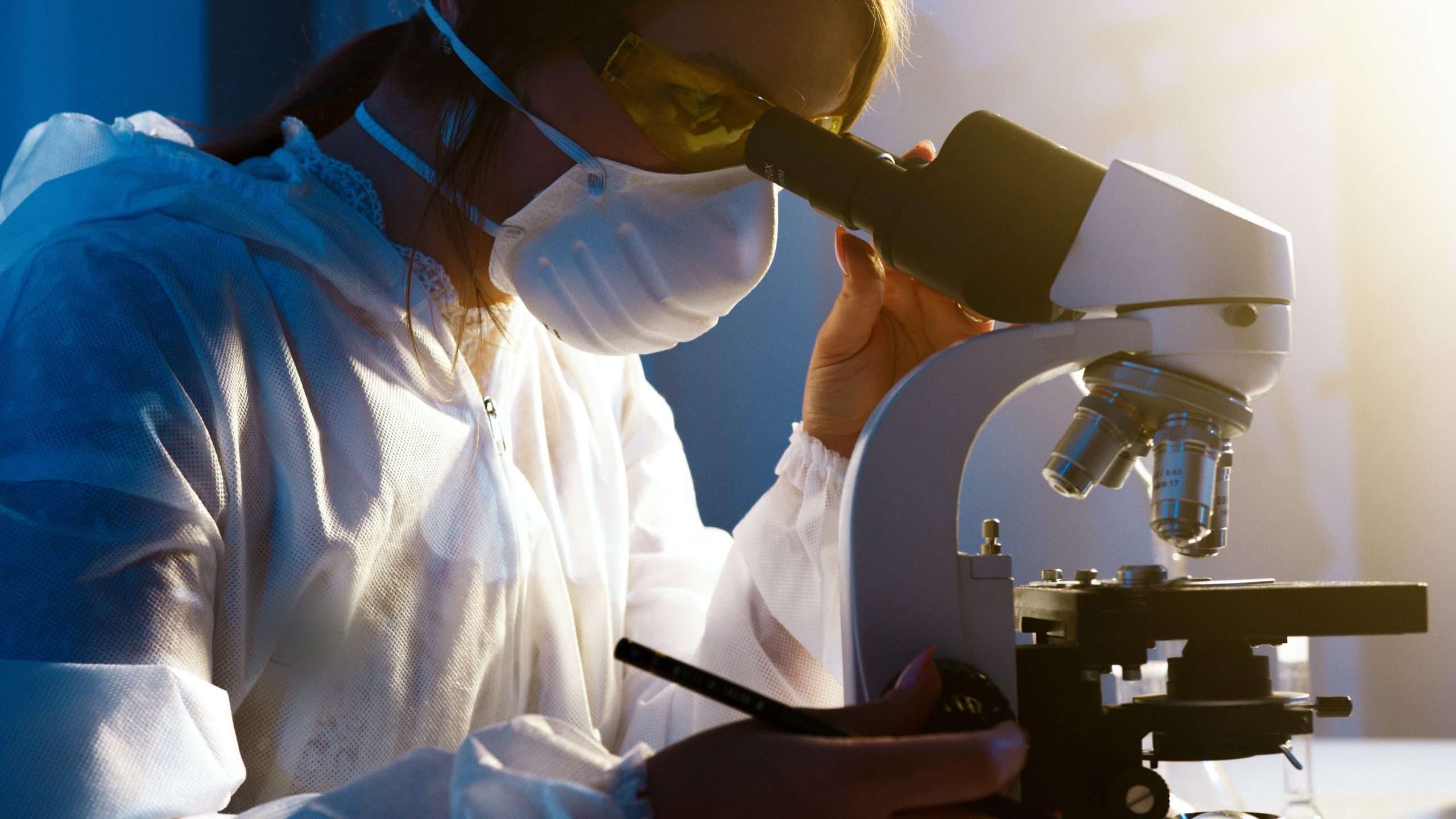
Source: Pexels
Interestingly, technological developments are dramatically accelerating new discoveries. The myriad of advances in biotechnology is enabling significant new opportunities. These have broad health care, agriculture, environmental, and industrial production applications. Above all, biotechnology is vital in extending the average human lifespan and improving the quality of life. There are countless examples of ways in which biotechnology has improved global well-being.
Biotechnology and the manufacturing of life-saving medicine
Additionally, the leading edge of biotechnology is now offering the potential to rapidly produce therapeutics and vaccines against virtually any target. These technologies include messenger therapeutics to stimulate the body’s natural ability to produce therapeutic proteins. Conversely, said technologies include targeted immunotherapies with the capacity to boost or restore the immune system. In turn, they fight diseases by targeting specific cells, called conjugated nanoparticles, which combine antibodies and nanoparticles. Furthermore, specialists already produce potential treatments with a substantial promise to improve human health globally.
Every day, modern biotechnology forges ahead with extensive innovations. Over the last decade, the evolution of biotechnology has paved the way for vaccines for human papillomavirus, streptococcal pneumonia, and meningococcal meningitis (Evens & Kaitin, 2015). Furthermore, the malaria vaccine and malaria-resistant mosquitoes provide exciting ventures. They have the capacity to help reduce the spread of the devastating parasitic disease. Additionally, another biotech advancement called the Gardasil vaccine has nearly eradicated cervical cancer in some parts of the world.
Recently, a significant contribution to the biotech sphere was made, in the form of COVID-19 vaccines. Chiefly, it was Dr Katalin Karikó who made this contribution and received the 2022 Vilcek Prize for Excellence in Biotechnology Award. Karikó showed that altering nucleosides, the building blocks of messenger RNA (mRNA), makes mRNA safe for use in vaccines, and against pathogenic agents. Innovative medicines and cures help people lead longer, healthier lives. Furthermore, they positively impact society by providing economic value far beyond their cost (BIO, 2022).
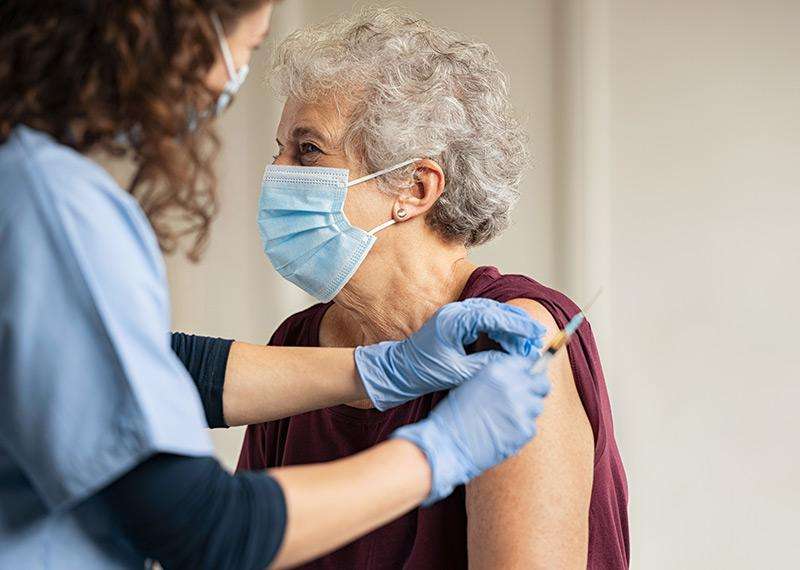
Source: ANAO
The Design and Development of Prosthetics
Across the globe, there is a substantial and ever-increasing number of people living with severe limb limitations. As of 2017, the World Health Organisation estimates that 35 to 40 million people globally need prosthetic and orthotic devices. According to research published in 2020 by the Amputee Coalition, over two million people are living with limb loss in the U.S. This includes about 185,000 people, who undergo amputations each year- approximately 507 people lose a limb each day. Biotech materials are used as interfaces between biological materials in the repair of the human body.
All things considered, modern prosthetic technology is embracing a new, more complex concept: integrating machinery with the human nervous system to create more intuitive and seamless prosthetic devices. Evidently, there have been substantial technological advances in smart prosthetics, such as prosthetic limbs. These use sensors and advanced software to mimic the movement and feel of real limbs. Above all, amputees are given the ability to perform more complex movements and engage in an increased level of activity. This can significantly improve the global quality of human life.
the evolution of biotechnology and the Increase in Sustainable Food Production
Progress in plant biotechnology has helped in developing healthier foods that can improve human health. With an increase in the world’s population (Conserve Energy Future, 2023), there is a need for the food sources available to be as effective as possible and to produce as much food in as small a space as possible. Unfortunately, there is a human need to be able to grow crops in less cultivatable regions of the world. In Africa and the Middle East, the climate can be unforgiving. Plant biotechnology has played a significant role in the development of crops that can withstand harsh climates (Conserve Energy Future, 2023).
Biofortification
Biofortification is an approach that relies on conventional plant breeding and modern biotechnology to increase the micronutrient density of staple crops. Accordingly, it provides the potential to improve the nutritional status and health of poor populations in both rural and urban areas of the developing world. In addition, humans are performing biofortification on staples, including rice, wheat, maize, cassava, orange-fleshed sweet potato, and beans. This can combat the deficiency of three micronutrients, recognised by the World Health Organisation, as limiting human health: iron, zinc, and vitamin A.
Furthermore, studies by the United Nations, the U.S. National Academy of Sciences, the European Union, the American Medical Association, U.S. regulatory agencies, and other organisations have found genetically modified (GMO) foods to be safe. Evidently, sceptics contend that it is still too early to judge the long-term health and ecological effects of such crops. In the late 20th and early 21st centuries, the land area planted for genetically modified crops increased dramatically, from 1.7 million hectares in 1996, to 180 million hectares by 2014. By 2014, about 90 per cent of the corn, cotton, and soybeans planted in the United States were genetically modified.
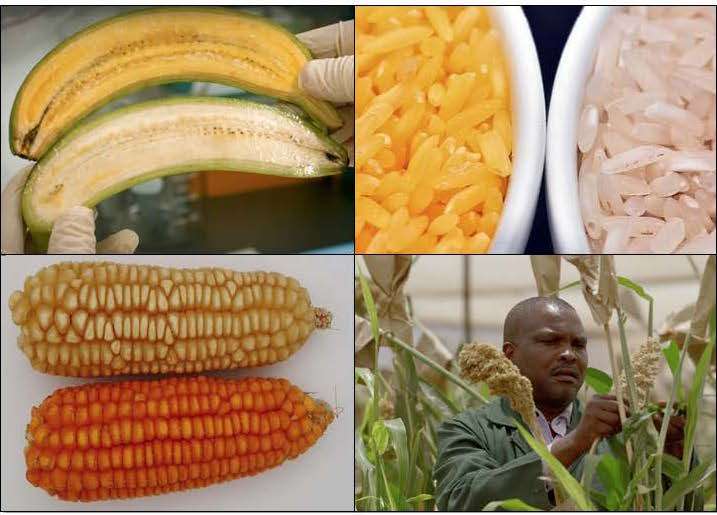
Source: AllianceForScience
Reduced food toxins and allergens
Additionally, one popular biotech corn variety, called Bt corn (Bacillus thuringiensis), has deficient levels of mycotoxins, a cancer-causing agent. The toxicity and allergenicity of Bt toxins are considered safe for mammals (NPIC, 2000). Furthermore, a team of researchers disarmed the P34 gene in soybeans, an allergen affecting an estimated 6 to 8 percent of children, and 1 to 2 percent of adults. Research suggests that a single protein called Gly m Bd 3s0K/P34 is to blame. This may be the first time a dominant human allergen has been knocked out of a major food crop using biotechnology.
The evolution of biotechnology and Increasing agricultural productivity
Evidence has shown that modern genetically modified crops are contributing to the growth of agricultural productivity. In 2011, 16.7 million farmers grew biotech crops on almost 400 million acres in 29 countries, including 19 developing countries. Conversely, existing GMO commodity crops also contribute to crop sustainability by permitting the use of fewer pesticides and decreasing the need for erosion-promoting tillage. After all, such crops also contribute to human and animal welfare by increasing farm productivity and reducing the fungal contamination of grain.
Genomics and Disease Diagnosis
The evolution of biotechnology has really changed the game. Automation in genomics has made genetic testing possible, using nanotechnology that enables the development of chip-based diagnostic tools. With speed and accuracy, these can simultaneously screen and analyse entire genomes on a chip. These genomic tools include DNA chips for rapid, efficient, and simultaneous analysis of large numbers of genes, including mutations in each of said genes, to identify genetic diseases.
Tissue engineering
Tissue engineering is directed toward using cells and their molecules in artificial constructs. In turn, scientists intend to develop organic and artificial tissues for lost or impaired body functions. A vast array of new biotechnologies facilitates tissue engineering efforts, both in basic and applied research, to help address important medical issues.
DNA Profiling: contributing to the Evolution of biotechnology
DNA profiling is the process of identifying an individual by analysing their unique genetic material. It has revolutionised forensic science and helped solve countless crimes. It has also improved medical diagnosis and treatment by allowing doctors to identify genetic predispositions to certain diseases. They can thereby tailor treatment plans accordingly.
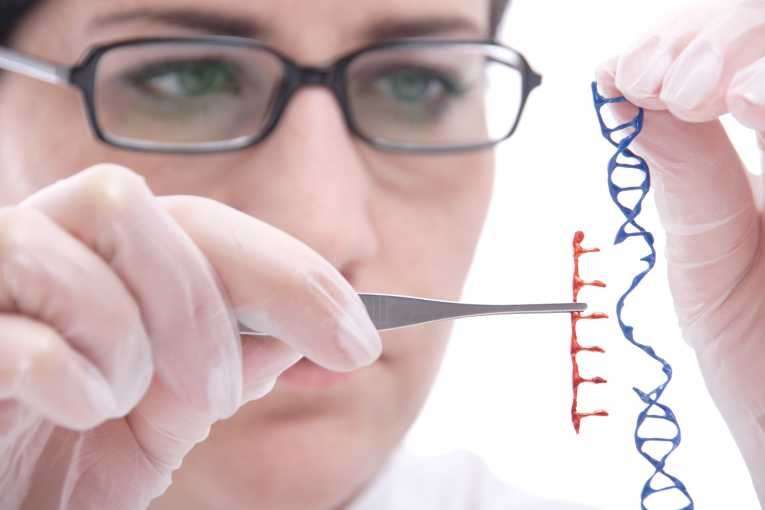
Source: Ohioline
Genome Analysis
This involves studying an individual’s entire genetic makeup. As a result, the discovery of many new treatments for genetic diseases has helped doctors understand how different drugs interact with an individual’s unique genetic profile. Conversely, this has led to more personalised medicine and improved outcomes for patients.
Genetic Testing/Screening
Significantly, biotechnology has advanced so far that genetic screening is used for discovering individual hereditary diseases. This evidently includes diseases that an individual acquires from the genes of their ancestors or parents. In addition, we generally accept this process as the most accurate method of paternity testing during legal proceedings.
moving forward with biotechnology and well-being
In conclusion, the evolution of biotechnology has created vast advances with the potential to significantly pave the way, improving overall human well-being by:
- Improving health outcomes
- Creating more nutritious, sustainable sources of food supply
- Enhancing quality of life
- Addressing some of the world’s biggest biological challenges.
Conversely, investment in research and development is a crucial component driving the growth of biotechnology, as new, improved formulations continue to evolve into the future. It is vital we develop these technologies and use them responsibly and ethically. This maximises their benefits, minimising risk.
Why is it essential that we focus on The evolution of Biotechnology and well-being?
Accordingly, biotechnology plays a major role in sustainable medical technologies. In turn, this improves human lives in many ways and keeps individuals healthy, assisting with daily living. Through the creation of advanced biotechnology products, sustainable sources of food and energy continue to be provided. Furthermore, biotechnology utilises nature’s own toolbox and genetic makeup to heal the world and reduce rates of infectious disease, and life-threatening conditions, affecting millions around the world, are combated daily. Importantly, biotech significantly assists the pharmaceutical industry in developing new products and methods to improve existing ones (The Scientific World, 2021). After all, meeting human needs or requirements to improve our quality of life is the primary goal of biotechnology.
achieving the United Nations Sustainability Development Goals (SDGs)
The UN Sustainable Development Goals are a collection of 17 goals and 169 targets set by the UN General Assembly in 2015, addressed as a blueprint to achieve a thrivable future for all. These goals guide the work of countries, UN agencies, non-government organisations, and businesses all over the world. Importantly, they address global issues we confront, such as those linked to poverty, climate, environmental degradation, prosperity, and health.
In conclusion, biotechnology is an essential tool to achieve these goals. At this point, new products and technologies made possible by modern biotechnology help to combat rare and debilitating conditions, stop the outbreak of infectious diseases, and reduce our environmental footprint. Importantly, biotechnology also has the capacity to assist in relieving poverty, feeding the hungry, utilising cleaner energy, providing clean drinking water, protecting biodiversity on land and in our oceans, and creating safer, cleaner, and more efficient industrial manufacturing processes. In the long run, additional support for innovation in the biotechnology sector is required if we are to fulfil the UN SDGs.
THRIVE Framework
THRIVE Project invests interest in issues fundamental to the integrity of our society, contributing to sustainability. Likewise, this means examining biotechnology and human progression. Conversely, safeguarding human well-being in all domains is paramount to THRIVE’s mission. THRIVE strongly supports an inclusive society where everyone can thrive with the use of biotechnological advances.
The THRIVE Framework examines issues and evaluates potential solutions in relation to this overarching goal of thrivability. It is about making predictive analyses using modern technology that supports environmental and social sustainability transformations.
To learn more about how the THRIVE Project is researching, educating, and advocating for a future beyond sustainability, visit our website. You can follow our informative blog and podcast series and learn about our regular live webinars featuring expert guests. Sign up for our newsletter for regular updates.























